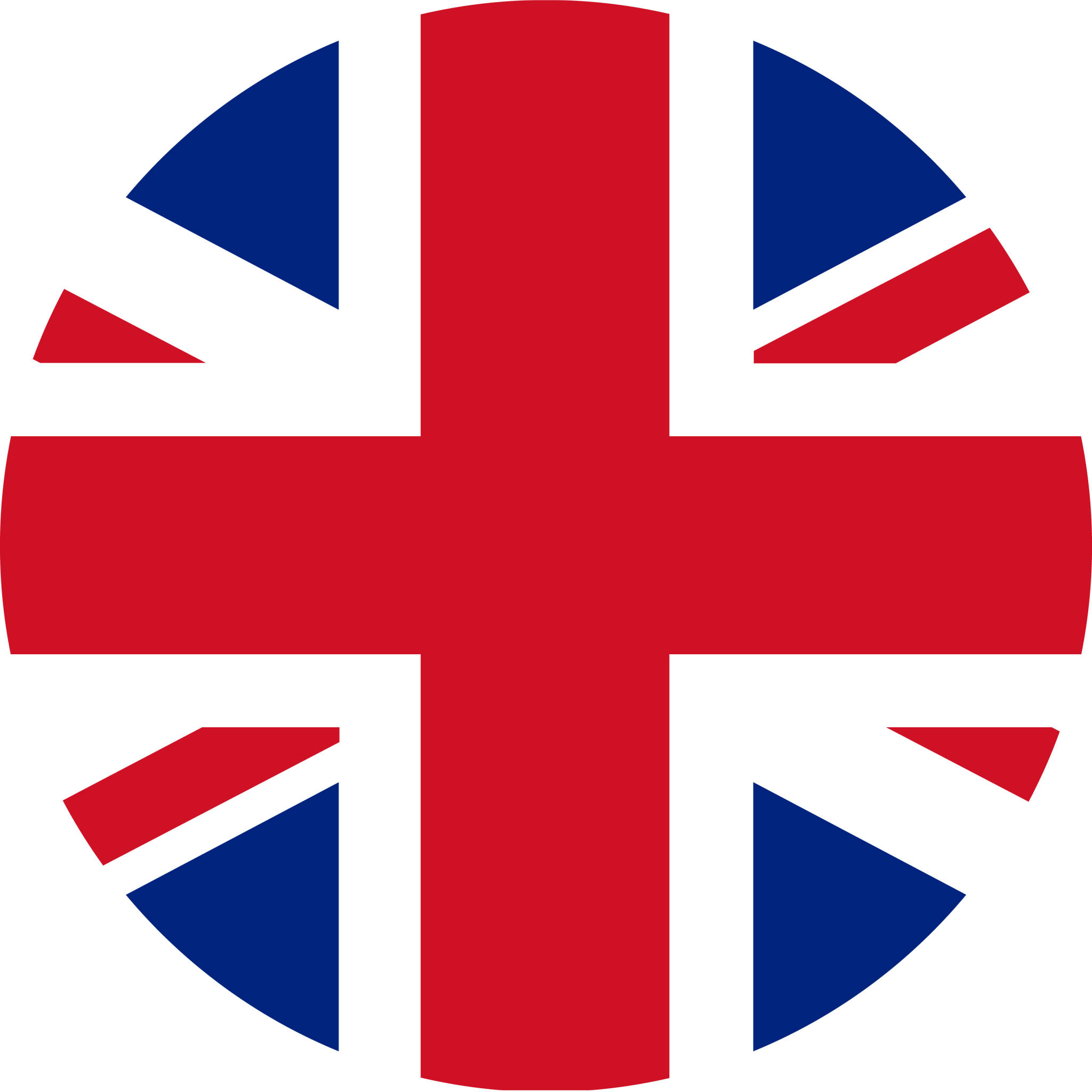Over time, we observe the weather changing in various ways. There are periods when it’s warm and sunny, and others when it’s cold and snowy. Seasons are the result of weather changes. The four seasons are Winter, Spring, Summer, and Autumn (which is also known as Fall). Each season is characterized by its own unique qualities, which last for a few months. For example, winter usually starts in December and ends in February, while summer runs from June to August. The importance of learning about the seasons lies in its ability to help children understand the world around them. The natural curiosity of children leads them to question changes in the weather, such as: “Why is it cold now?” or “Why are we wearing jackets in winter?” These questions provide a fantastic chance for teaching. Understanding the seasons isn’t just about knowing the names; it’s about recognizing how the environment changes, and how we change our clothes, activities, and even the food we eat with each season. This blog will provide guidance on teaching your child the English names of the seasons, pronunciation, and fun ways to talk about them. We’ll give you valuable advice on how to make learning about seasons exciting for kids. Let’s begin the exploration of how you can make your child’s learning experience both entertaining and informative!
Learn English with EnglishCentral Kids
Would you like to take your child’s learning journey further? EnglishCentral Kids provides a fun and successful education with 25 minute one-on-one lessons for all ages and levels, along with lesson reports afterwards. There are fun and educational video lessons for your child to explore, and an AI tutor MiMi that will help your child with their English learning journey. Quizzes, interactive activities and entertaining vocabulary learning tools are gathered all on one platform and tailored according to your child’s level and needs.
Sign up to EnglishCentral Kids today for your child, keep learning and practicing!
Seasons in English and Pronunciations
| Spring | Spring | /sprɪŋ/ |
| Summer | Suh muh | /ˈsʌm.ɚ/ |
| Autumn / Fall | Aw tm / Fawl | /ˈɔː.təm/ / /fɑːl/ |
| Winter | Win tuh | /ˈwɪn.tər/ |
How Do I Ask About The Season?
Here are 10 example questions and answers about the seasons
+What season is it right now?
–It’s spring! The flowers are starting to bloom and the weather is becoming warmer.
+What season is after winter?
–Spring comes after winter! As the snow melts, it begins to become warmer.
+Is it hot or cold in the season we’re in right now?
–Autumn is approaching, which means the weather is starting to cool down. This weather is perfect for wearing a light jacket as it’s not too hot or too cold.
+What is your favorite season, and why?
–Summer is my favorite season because it’s the time of year when I can go to the beach and eat ice cream!
+What do you like to do in the spring?
–Spring is my favorite season to go outside and enjoy playing, watching the flowers grow, and flying kites because of the nice weather!
+What do people do in winter?
–In winter, it’s common for people to go skiing, ice skating, or make snowmen if there’s enough snow. Hot chocolate is a great choice for this time of day!
+How do you know what season it is?
–The weather, temperature, and environment around us can provide clues as to what’s happening, such as when leaves change color or when it’s sunny and warm outside.
+What do we do during the season we’re in now?
–During autumn, we could go apple picking, visit pumpkin patches, or rake leaves in the yard.
+What’s your favorite thing about this season?
–Autumn is a time of year when everything looks so beautiful with all the colorful leaves falling. It feels like a large, warm blanket covering the entire universe!
+What clothes do you wear in the winter?
–In winter, it’s important to wear warm clothing like coats, hats, scarves, mittens, and boots to stay warm and shield yourself from the cold.
Tips About Seasons in English
Use Visuals and Props
Children can connect words to images and real-life experiences through the use of visual aids and props. The seasons can be visually represented through the use of flashcards that have images of snow, flowers, or the sun. Physical props, such as scarfs for winter or sunglasses for summer, can be used to inspire children to actively engage with the material.
Incorporate Songs and Rhymes
Teaching children about the seasons through songs and rhymes can be a fun and memorable experience. Children can remember key seasonal vocabulary by listening to simple songs such as ‘The Four Seasons Song’ or ‘Spring is Here’. Rhymes or chants can emphasize the characteristics of each season, and adding actions (like pretending to shiver in winter or stretching like flowers in spring) can make learning even more fun. These activities enhance both listening and speaking skills.
Seasonal Craft Projects
Craft projects are a practical way to engage children in learning about the seasons. During winter, children can make paper snowflakes, while in autumn, they could create leaf collages, for instance. Kids are not only able to strengthen their vocabulary with these projects, but they can also express their creativity. Children gain a better understanding of the seasonal changes and their meaning by working with different materials and colors associated with each season.
Seasonal Stories or Books
It’s a great way to introduce new vocabulary and concepts in context by reading books and stories about seasons. Books such as ‘The Very Hungry Caterpillar’ or ‘Snowy Day’ give children a way to relate to different seasons through a narrative. Storytelling is not only an engaging method of learning, but it also develops comprehension skills. To make the learning process more engaging, you can ask children questions about the story after reading it.
Simple Vocabulary & Key Phrases
To improve children’s language skills, it is crucial to teach them simple, age-appropriate vocabulary related to the seasons. Concentrate on key words such as ‘cold,”snow,”sunny,’ or ‘rainy’ and phrases like ‘In winter, it’s cold’ or ‘In summer, we take a swim’. Children’s internalization of these words and phrases can be enhanced by repeating them in multiple contexts. Using them in conversation or during games can help reinforce the language in a natural and everyday way.
Games and Activities
Games can be a great way to practice language and keep kids interested. Seasonal bingo can be played by children who match pictures of the seasons with the corresponding weather or clothing items. Another enjoyable game is ‘Simon Says’ that involves seasonal action, such as ‘Simon Says, pretend to jump in autumn leaves’ or ‘Simon Says, wear your winter coat’. Children can remember and enjoy the process easier with the help of these activities that make learning feel like play.
Frequently Asked Questions About English for Kids – Seasons of the Year
What are the months in each season?
Spring in the Northern Hemisphere begins in March, summer in June to August, autumn in September to November, and winter in December to February. The Southern Hemisphere has a reversed calendar. Autumn runs from March to May, spring from September to November, and winter from June to August.
How do you explain seasons to kids?
Seasons can be explained to kids by saying that they happen because the Earth tilts on its axis as it moves around the Sun. In summer, the Earth is tilted toward the Sun, making it warmer, and in winter, it is tilted away, which makes it colder. It’s important to note that seasons change gradually, such as the weather becoming warmer in spring or cooler in autumn.
Can seasons be different in other countries?
Depending on the country’s location, seasons can differ. Countries near the equator, such as tropical regions, do not have distinct four seasons. They usually experience wet and dry seasons instead. Countries near the poles may experience longer winters and shorter summers, leading to more extreme seasonal changes.
What are some fun facts about the seasons?
Bears, for example, hibernate in winter to avoid the cold and conserve energy, which is a fun fact. In autumn, some trees shed their leaves due to the cooler weather, which assists them in conserving water. Leaves’ beautiful color changes and animal migrations, such as birds, who fly to warmer places in winter, are both caused by seasons.
You can access everything your child needs to learn English on a single platform! With 25-minute live lessons guided by teachers specialized in child education, entertaining and instructive interactive videos designed for child development, vocabulary learning tools, the AI Tutor MiMi, quizzes, and interactive activities, EnglishCentral Kids offers a personalized and quality education plan tailored to your child’s needs at affordable prices. How about registering for EnglishCentral Kids now and starting your child’s English learning journey?











